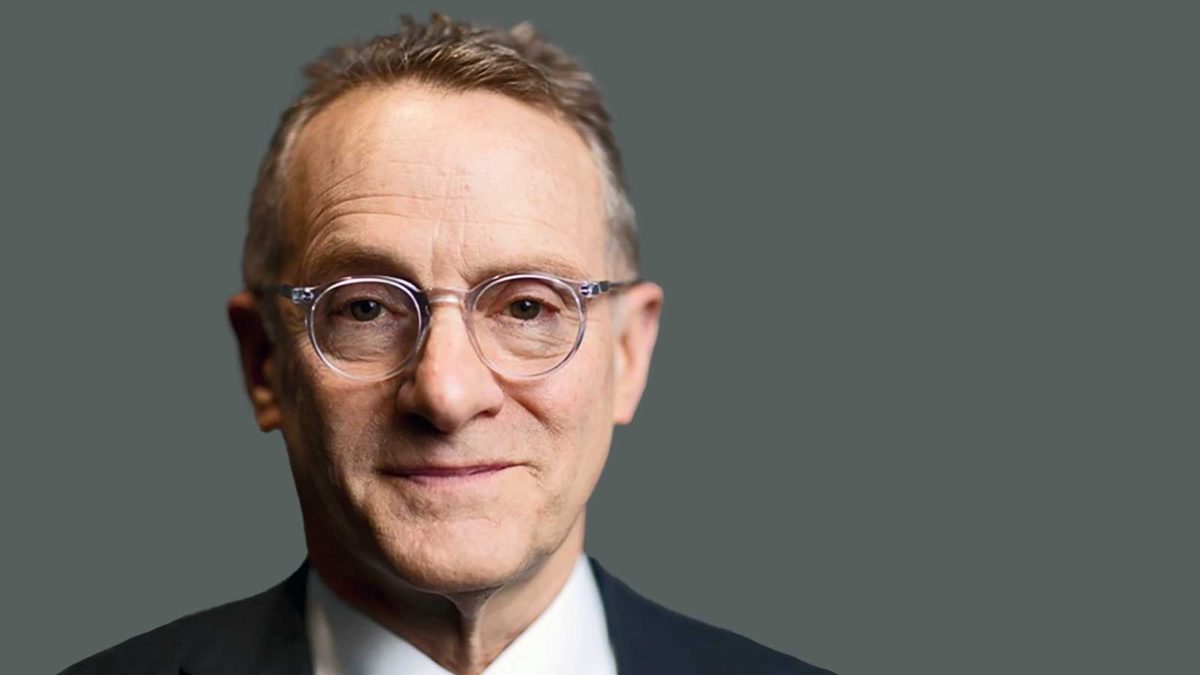Marks: Turn and face the (sea) change
Legendary investment penman (and investor) Howard Marks is being more prolific than usual, following his recent missive on what really matters in managing money with an analysis of the “sea change” markets are currently experiencing.
There have been two “sea changes” in Marks’ 53-year investment career. The first was the inception of high-yield bond issuance, which heralded a shift in investors’ risk appetite – “risk wasn’t necessarily avoided, but rather considered relative to return and hopefully borne intelligently” – and also kickstarted the growth of both the leveraged buyout and modern private equity industry (indistinguishable, to their critics).
Marks’ second sea change was marked by Volcker’s success in reducing inflation and the ushering in of the low rates era in which we still live today and which began “just a few years after the advent of risk/return thinking”.
“I view the combination of the two as having given rise to (a) the rebirth of optimism among investors, (b) the pursuit of profit through aggressive investment vehicles, and (c) an incredible four decades for the stock market,” Marks writes. “The S&P500 index rose from a low of 102 in August 1982 to 4,797 at the beginning of 2022, for a compound annual return of 10.3 per cent per year. What a period! There can be no greater financial and investment career luck than to have participated in it.”
So Marks’ third sea change is the end of the long-term trends above – indeed, the “complete reversal” of those trends.
“The progression (of events in 2022) caused pessimism to take over from optimism,” Marks writes. “The market characterized by easy money and upbeat borrowers and asset owners disappeared; now lenders and buyers held better cards. Credit investors became able to demand higher returns and better creditor protections. The list of candidates for distress – loans and bonds offering yield spreads of more than 1000 basis points over Treasurys – grew from dozens to hundreds.”
Conditions in the market are “overwhelmingly different – and mostly less favourable” than those of the immediate post-GFC period; the Fed, in its attempts to regain credibility, will be in no rush to institute stimulatory monetary policy. The base interest rate will likely stick in the two to four per cent range for several years, so that the Fed actually has room to cut if its hand is forced, and it also might prefer to reduce its role in capital allocation” by being less active in controlling rates and holding mortgage bonds;
Meanwhile, a recession in the next 12-18 months is a “foregone conclusion among economists and investors”, and that recession will likely coincide with deteriorations in both corporate earnings and investor psychology. Marks isn’t alone in his pessimism – most investors can see the writing on the wall – though he concedes that his forecasts could suffer from the same problems everybody else’s does (i.e., being wrong).
“We’ve gone from a low-return world of 2009-21 to a full-return world, and it may become more so in the near term,” Marks writes. “Investors can now potentially get solid returns from credit instruments, meaning they no longer have to rely as heavily on riskier investments to achieve their overall return targets. Lenders and bargain hunters face much better prospects in this change environment than they did in 2009-21.”
“And importantly, if you grant that the environment is and may continue to be very different from what it was over the last 13 years – and most of the last 40 years – it should follow that the investment strategies that worked best over those periods may not be the ones that outperform in the years ahead.”











